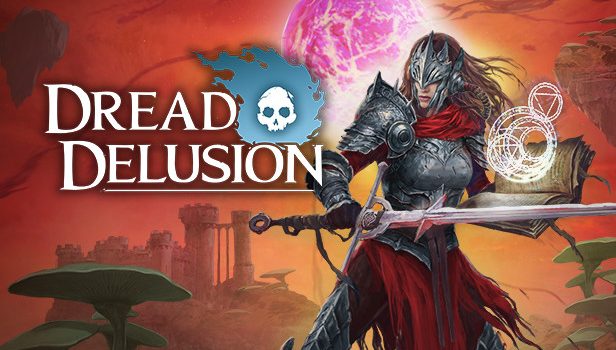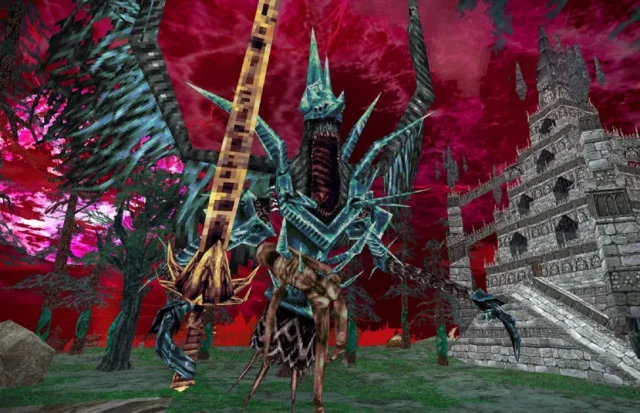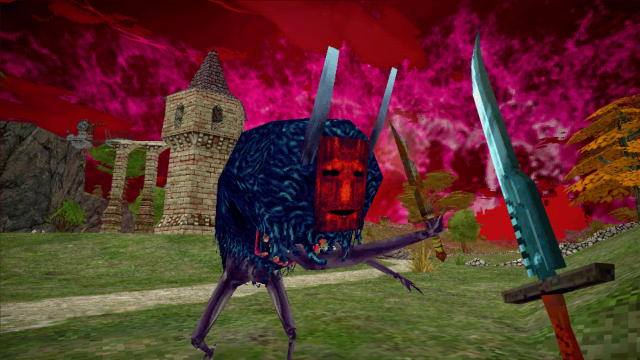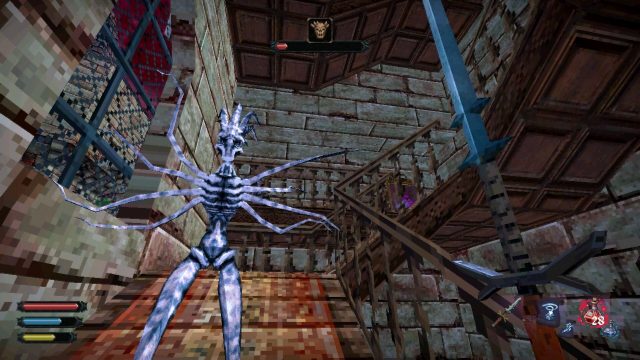Dread Delusion Review (PC)
Summary: Old-school eye candy without much substance.
2.5
Janky, Not Jaunty
Dread Delusion follows in the vein of many recent indies. A game that tries to recapture the wonder and enchantment of the games the developers grew up with by recreating their retro aesthetic. Skald: Against the Black Priory is a recent example that sings the praises of 80s RPGs like the Ultima games by recreating their janky, limited colour pallets and crunchy sounds. Dread Delusion tries to capture the strange and unique adventure of exploring The Elder Scrolls III: Morrowind (2002), but it’s played into the game’s weaknesses instead of its strengths.
Now, I can’t honestly say I’ve explored all the supposedly grand vistas of Oneiric Isles. I doubt I’ve even seen half of it. The truth is that after a handful of hours of drudgery, I bailed. Despite being inspiringly-exciting visually, I got sick of how shallow and plain the actual playing of the game is. When you first see the game, you see the low-polygon landscapes, the garish, otherworldly colours and the nightmarish monsters. You imagine an experimental, inventive adventure that pushes you hard to survive and understand the strange world– something like the Fear & Hunger games. You imagine spell slinging, sword swinging in a desperate attempt to fend off those deranged monsters. You don’t imagine an opening cinematic of mind-numbingly purple prose, or endless text boxes and an extended tutorial.
But of course, that’s just the expectations most people have because of games like Dark Souls, which drop you in the deep end and let you flail about. Dread Delusion, on the other hand, is a love letter to Morrowind, and that opens almost identically– you’re a prisoner in a strange land, inducted into a strange order, and it all begins with a narrated cinematic. The problem with the Morrowind comparison is execution. The Morrowind cinematic doesn’t try to explain the whole world, just set the stage.
Compare the first words of Morrowind, “They have taken you from the imperial city’s prisoner– first by carriage, and now by boat– to the east, to Morrowind” to Dread Delusion’s “Our world is long since shattered, but hope still flickers in our darkest dreams.” Both games could start with either, but Morrowind’s tells us more than we can already see. Dread Delusion is often guilty of this, writing to show off their prose or their worldbuilding, and it’s always stifling. After all, does it really need to be said that the person trapped in the floating iron maiden is a prisoner?
Now, if the tedious text was the game’s worst sin, it could still be a great game, but the gameplay isn’t any better. The swordplay is entirely ripped from Morrowind, which means it’s completely repetitive and unresponsive– it’s easily the weakest part of Morrowind, so why carry it over? Why not add hit animations for the monsters, give them multiple attacks, or have them act with strategy and unique character? The developers may say it’s ‘to recapture the quirks of Morrowind’, but if Morrowind is great, it’s despite these quirks.
But realistically, these are all complaints for a larger game studio. More or less, Dread Delusion appears to be the work of one man, James Wragg, and with a little help, he’s handled practically all of it. It makes sense then, why one aspect of the game is far better than the rest– the visual design, as he’s a visual designer. But it means that every other aspect is playing catchup while he learns them from scratch. The result is a game that would be better as set of postcards– the game looks deceptively cool from the Steam Store page– but if Dread Delusion is great for anything, it’s great for the game Lovely Hellplace will make next. A game with a bigger budget, team, and (hopefully) more inspiration, innovation and attention to detail.










